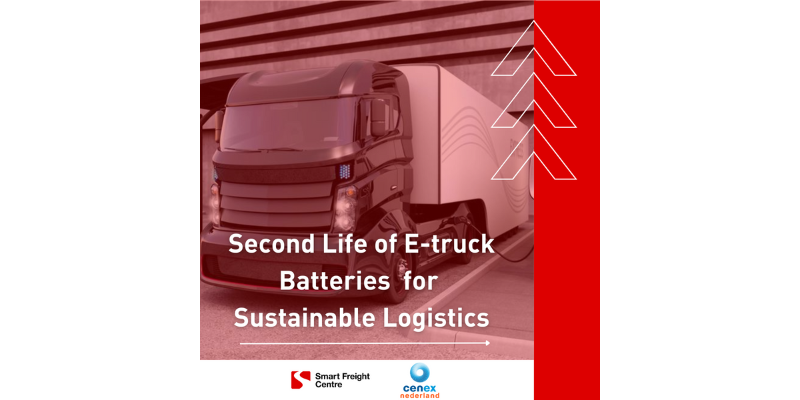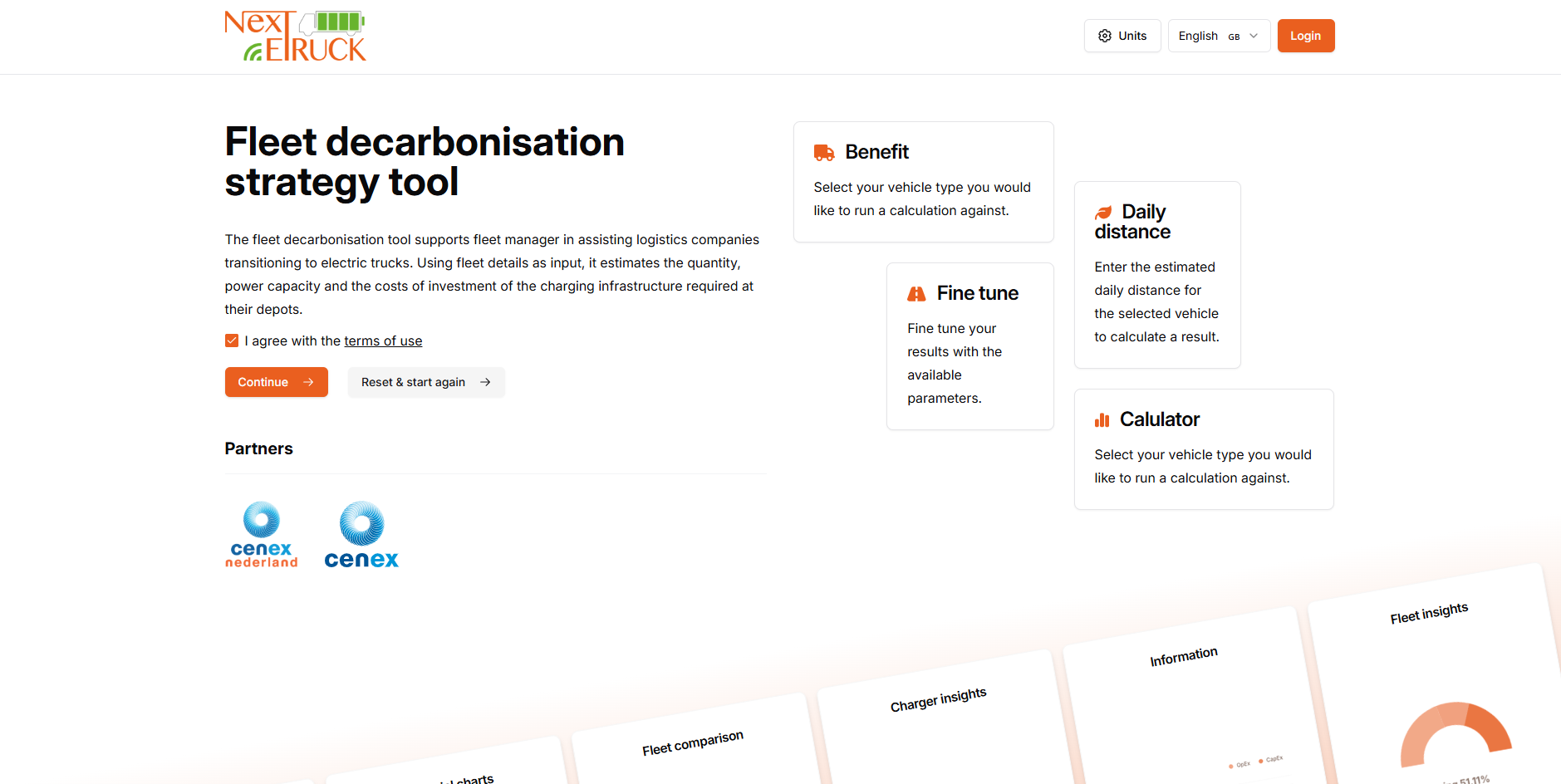The road freight sector in the European Union (EU) is witnessing a surge in the adoption of electric trucks (e-trucks), with sales of heavy-duty vehicles tripling. Batteries are crucial component for decarbonizing the transport sector, yet they constitute up to 40% of the total cost of ownership (TCO) of e-trucks and 40% of the greenhouse gas (GHG) emissions in e-truck production. This study aims to provide a comprehensive overview of the reuse and repurposing of batteries of e-trucks when they reach their end of first life (EOFL).
Truck batteries typically reach the end of first life (EoFL) in e-truck applications when their capacity drops to 80%. After this end of first life, the batteries still retain significant residual value.
Global demand for batteries stands at 4.3 terawatt hours (TWh) for mobility applications and 421 gigawatt hours (GWh) for stationary applications. This presents a significant opportunity for fleet owners to reuse or repurpose batteries for second life applications in these markets. The supply of second life batteries (SLB) for stationary applications could exceed 200 GWh annually, representing a market valued at $30 billion globally.
Aside from selling batteries in the market, they can also be used at charging depots. Repurposing EoFL e-truck batteries for stationary applications at charging depots is expected to reduce the capital cost of the charging systems by about 25%, with particular benefits in congested grids.
Challenges to second life use of batteries include the difficulty of sorting and grading a range of different batteries at scale, accurate prediction of the battery’s remaining useful life, changing the battery management system requirements for different second life applications, assurance of safety and the complexities of the disassembly and repurposing process. These processes are complex, and currently not economical viable. Developments in the currently immature battery standards are expected to help address these challenges.
Finally, the study also includes a few case studies where second life batteries have been used in practice as well as some emerging business models.




